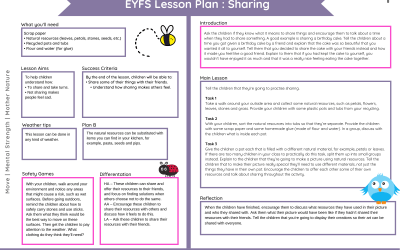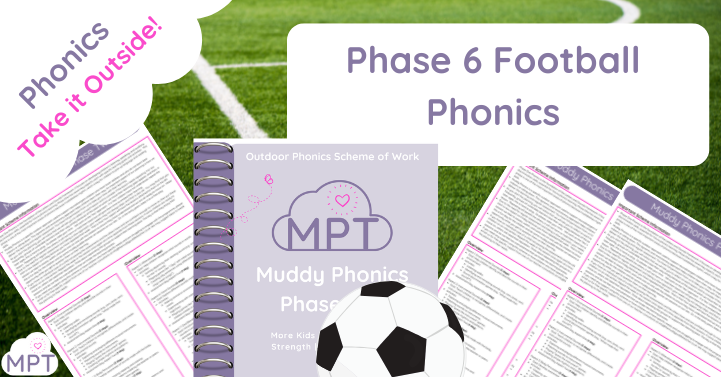Gardening Therapy Use Gardening Therapy to help the therapeutic magic of nature calm emotions and strengthen...
Pine Cones Bird Feeders
Jan 6, 2021
Pine Cone Feeders In a nutshell: Use Pine Cones Feeders to help support the learning at home through using natural,...
Focused Feet Barefoot Therapy
Dec 30, 2020
Focused Feet Barefoot Therapy One of the easiest ways to improve our well-being is simply to remove our shoes!...
Habitats
Dec 30, 2020
Use Habitats ideas pack to help you get your class hands-on with this area of Science this year. Teaching this kind...
Nativity Ideas Pack (Take it Outside!)
Dec 9, 2020
Use Nativity ideas pack to use natural resources and take the learning of this area outside. There is something...
World Tiger Day EYFS (Ideas Pack)
Dec 7, 2020
World tiger day EYFS is a very important day to raise awareness of the beautiful animal that is the tiger. ...
Filling up a Wellbeing Bucket (Early Years Outdoors)
Dec 7, 2020
Filling up a wellbeing bucket could not be more perfect for The Muddy Puddle Teachers. We are all about wellbeing and...
Parachute Games (Numbers)
Dec 5, 2020
The Benefits and Advantages of Parachute Games in Schools Parachute games have become a staple in physical education...
Mud and Sand Play Ideas
Dec 5, 2020
Use Mud and Sand play ideas to get more of the in the moment ideas across that will draw your curiosity in your...
*FREE*Upcycled Role Play – Tots
Dec 4, 2020
Use Upcycled Role Play - Tots to help add some drama into your provisions. Upcycling teaches children how to respect...
Crafting with upcycled materials
Dec 2, 2020
Use Crafting with upcycled materials to appreciate the joys and creativity that can be gained from your junk. It is a...
Muddy Elf (Nursery&School Pack)
Nov 30, 2020
Use this incredibly innovative and creative Muddy Elf Ideas Pack to get your children outside daily to enjoy an Elf...
*FREE*Outdoor Mark Making Lesson Plan
Nov 5, 2020
Use Outdoor Mark Making Lesson Plan to engage children with the very important phase of using their hands to make...
Phase One Aspect 1/2/3
Nov 3, 2020
Use Phase One Aspect 1/2/3 to teach the first three aspect of this very important phase and of course it is done using the Muddy Puddle way!
*FREE*First day back Lesson Plan
Oct 23, 2020
Use First day back Lesson Plan to settle your children back in the Muddy Way and to focus on friendship.
Horrible Halloween Lesson Ideas Pack
Oct 22, 2020
Use our Horrible Halloween Ideas Pack to get lots of ideas and ways to make Halloween special in your class.
Halloween Trick or Treat Lesson Plan
Oct 22, 2020
Use Halloween Trick or Treat Lesson Plan to get role play, speech and language into one outdoor learning lesson!
*FREE*Sharing Lesson Plan
Oct 22, 2020
Use Sharing Lesson Plans to get the best out of your class in an active, natural way.




























